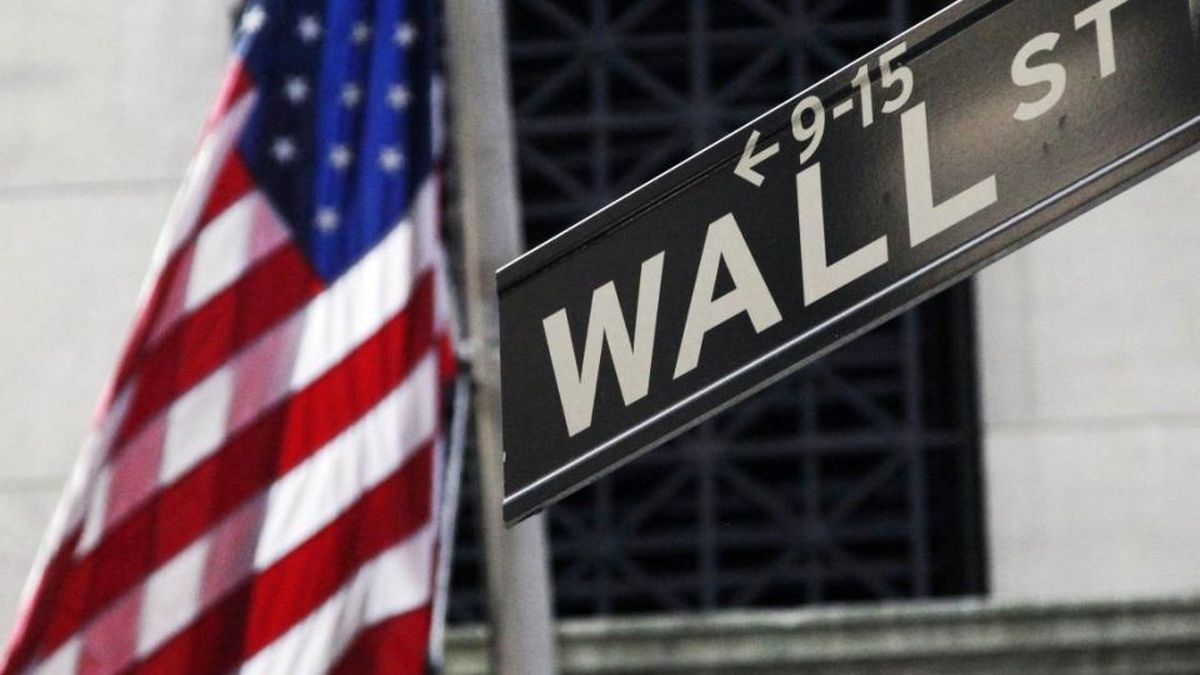The Wall Street’s main indices plummeted this Tuesday, February 13after higher-than-expected consumer inflation data in the United States would boost that country’s Treasury yields and push back market speculation about imminent interest rate cuts.
A report from the Department of Labor showed that US consumer prices rose more than expected in January, due to increases in housing and healthcare. And “stocks are in pullback mode following a still inflationary CPI report,” said Terry Sandven, chief metrics strategist at US Bank Wealth Management. He explained that “higher inflation for longer is a setback for the Federal Reserve.”
Let us remember that Markets have been advancing this year supported by bets that the Federal Reserve would begin cutting rates in May. The S&P 500 closed above 5,000 for the first time last Friday. The Dow Jones is also trading at record levels, and on Monday, the Nasdaq briefly surpassed its November 2021 all-time closing high.
After the publication of inflation data, Traders’ bets on a rate cut of at least 25 basis points in May fell to 36.1%, compared to 58% before the datawhile expectations for a cut in June stood at 74.3%, according to CME’s FedWatch tool.
Inflation effect: this is how the data hit the different indices and sectors of Wall Street
That affected the dynamics of Wall Street and the S&P 500 index lost 68.14 points, or 1.36%, to 4,953.70 units, while the Nasdaq fell 282.64 points, or 1.77%, to 15,659.91 units . Meanwhile, the Dow Jones Industrial Average fell 522.05 points, or 1.35%, to 38,275.33 units.
The Rate-Sensitive Mega-Cap Companies such as Microsoft, Alphabet, Amazon.com and Meta Platforms fell, while US Treasury yields soared to two-month highs.
Most shares of chipmakers such as Micron Technology, Qualcomm and Broadcom fellweighing down the Philadelphia SE Semiconductor index with them.
He real estate, consumer discretionary and public services sectors They led the losses among the 11 main sector indices of the S&P 500, with real estate falling to lows in more than two months.
He Cboe volatility index an indicator of market fear, reached its highest level since November.
Source: Ambito
I am a 24-year-old writer and journalist who has been working in the news industry for the past two years. I write primarily about market news, so if you’re looking for insights into what’s going on in the stock market or economic indicators, you’ve come to the right place. I also dabble in writing articles on lifestyle trends and pop culture news.




